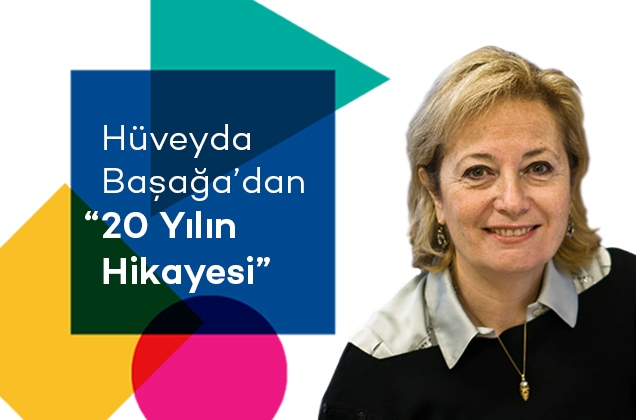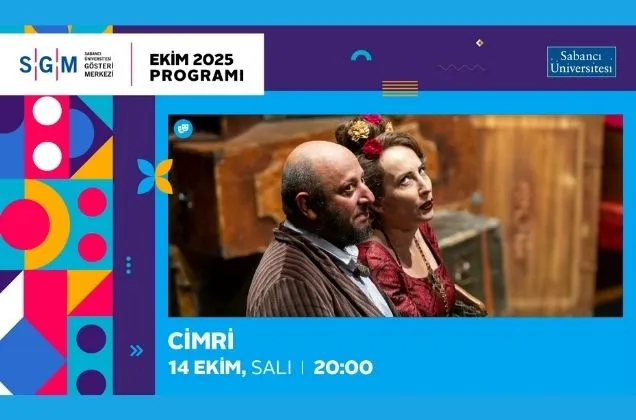27/10/2020
To celebrate the 20th year of our university, we have prepared a set of four questions to ask faculty and administrative personnel who have been with us since the beginning, and to our first students. They all tell "the story of 20 years" from their own perspectives.
Going in alphabetical order, this week's interviewee for "The Story of 20 Years" is Hüveyda Başağa.

Hüveyda Başağa has been a member of the Sabancı University family since 1 November 1998. She has been working as a faculty member at the Faculty of Engineering and Natural Sciences, Sabancı University for 22 years.
Hüveyda Başağa’s answers to our four questions are below.
What was your initial memory / impression of when you met Sabancı University for the first time?
H.B: Our first meeting was at a search conference. In 1995, I was invited to a search conference attended by academics, business people, students, and researchers from many countries, and we discussed what kind of university would Sabancı University be. Participants were told to just imagine, without thinking about any positioning or restrictions. What kind of university would you like? We were asked what the university of the next century should be like. Participants addressed these questions in depth in their study groups, and at the end of 3 days, Sabancı University's philosophy was identified as ‘Creating and developing together’. The concepts identified there formed the constitution of the University.
After the search conference, design committees were established and I participated in these committees. We, as founders, came together from time to time in Ankara and worked under the name of design studies. At these meetings, we discussed exhaustively and conducted various research and made preparations until the next meeting. Work in the design committees continued in this way. In these meetings, we identified the focus areas, faculties, diploma programs, and interdisciplinary structures of the programs of the university. Sabancı University opened graduate programs before its undergraduate programs, demonstrating how much it values research, and thus was able to attract very valuable faculty members.
What are the differences between yourself 20 years ago and yourself today, and how did Sabancı University contribute to that change?
H.B: Academic life should be an environment that is always open to new discoveries, learning, and applying what has been learned. Sabancı University is exactly such a university. The Faculty of Engineering and Natural Sciences, other faculties, faculty members, and researchers talk to each other and collaborate without any bias. Everyone's lab is open to the extend that the infrastructure allows, everyone is open to discussion, and supports each other. This is the focus of studies for undergraduate or graduate students. Projects are designed and implemented together with students. Sabancı University has taught the importance of a flexible structure and making management decisions by discussion. I would say that we, the first recruited faculty members, have really created and developed together.
What comes into your mind when you think of Sabancı University in 20 years? What are your dreams for Sabancı University for the next 20 years? What about yourself?
H.B: Sabancı University has made a name as one of the reputable universities of our country and has found a distinguished place in the world. I consider myself lucky to have witnessed it. What comes to my mind when you say Sabancı University is a free and respected academic environment adopting the principle of learning and developing together.
20 years from now, I would like to see Sabancı University's achievements in education and research increase further and continue to establish its place in the world. I hope that the structure that exists at the moment will grow further, that the numbers will increase and diversify further, and that it will continue to be an example for other institutions in our country and region.
I have worked with great pleasure in academic life. I have trained many graduate and doctoral students. All my students have been very successful. Each of them has become a person who makes tremendous impact in business or academic life. It is invaluable to me to be in touch with them, to witness their success. I intend to continue in the same way from now on.
Where and how would you be now if your paths hadn't crossed with Sabancı University?
H.B: Before I became a member of Sabancı University, I was working at Boğaziçi University, and I probably would be there now.




